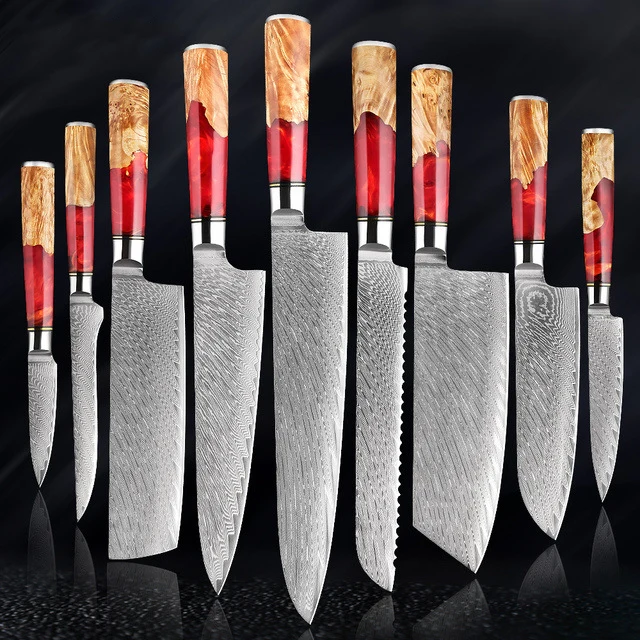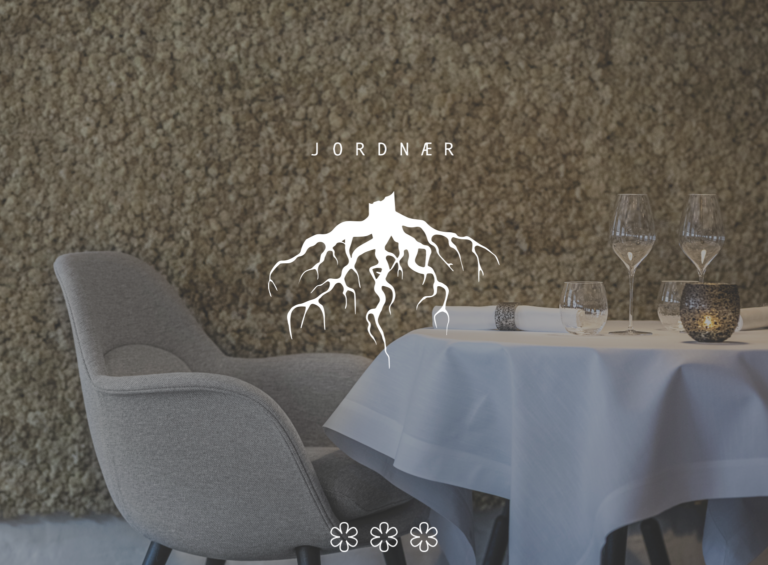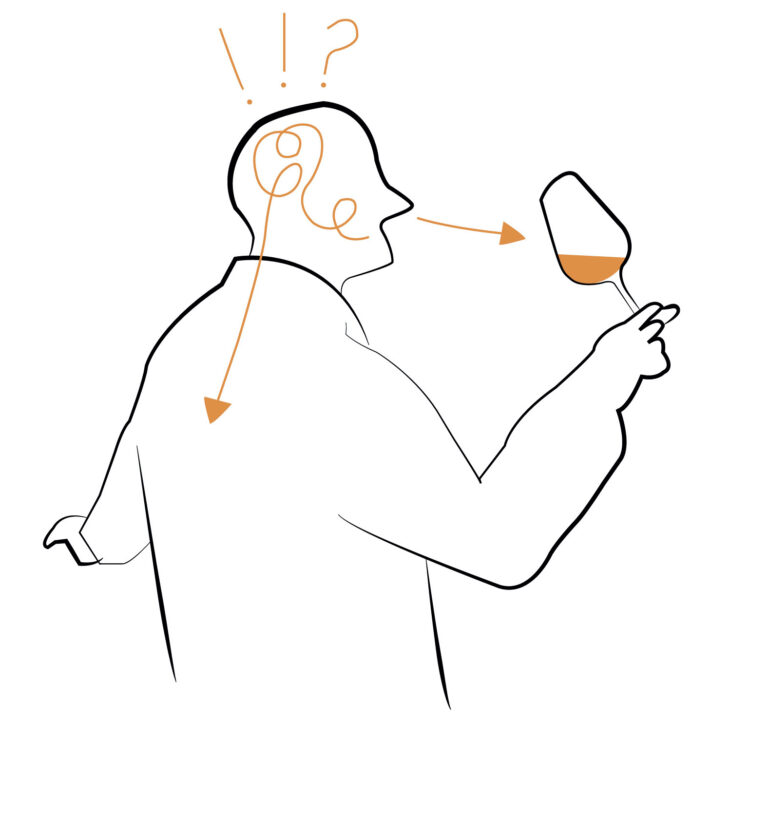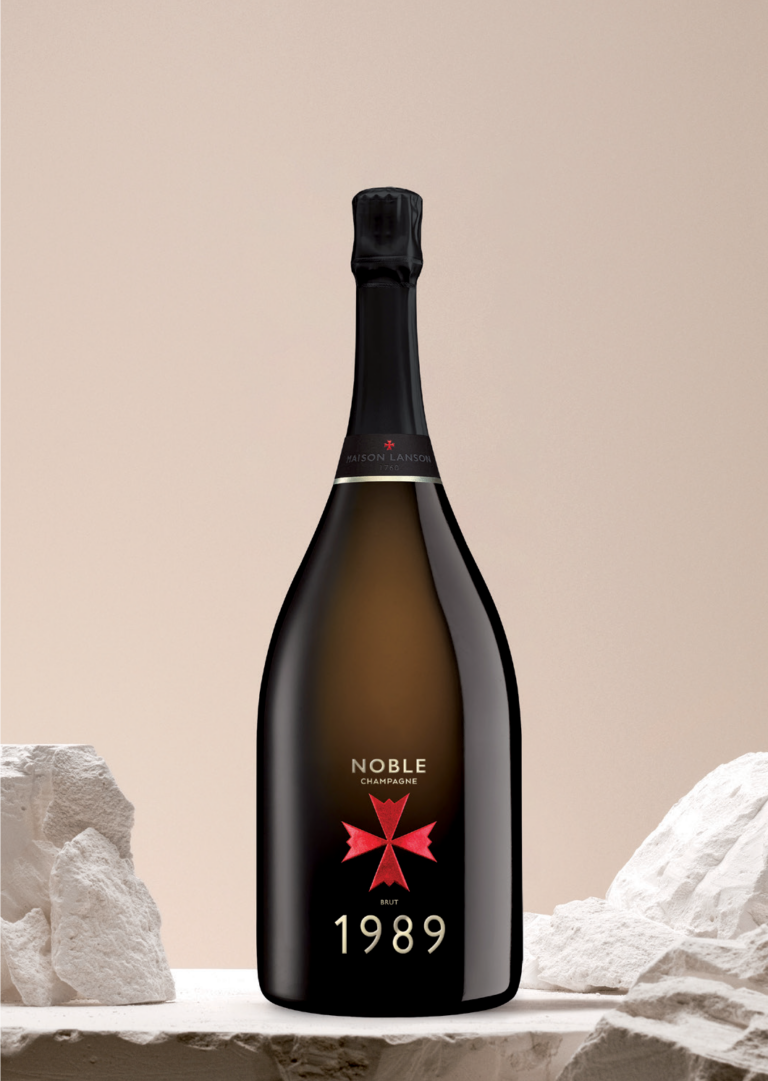Selecting a cutlery knife set may sometimes feel overwhelming due to the availability of numerous varieties in the present day. [read the full story]
Estimated reading time: 5 minutes

No matter if you are purchasing the set for the first time, or replacing the old one, there are more options to consider than knife look and design. When deciding which knives to use and which materials to build them from, any detail is critical in considering how that particular knife will do in your kitchen.
Now, let us discuss these considerations in detail so that you are well equipped with the knowledge as you make a decision.
1. Types of Knives Included
An ideal kitchen should consist of various knives, each designed to perform particular operations in the culinary process. The most important knife is the chef’s knife, which can be used for chopping vegetables, slicing meat or mincing herbs. A paring knife is great for intricate tasks such as removing the skin and seed from fruits or the black line from shrimp. If you often consume fresh bread, it is advisable to have a bread knife with a textured edge to avoid squashing and cutting through in a perfect way.
A utility knife provides a good compromise between a chef’s knife and a paring knife perfect for not very intensive work. In Japanese cuisine or for fine slicing the knife gives a great deal of control for precision cutting. For some specific jobs like deboning the meat or fish, boning knife is ideal while carving knife will make clean slices of roasts and poultry.
2. Material of the Blades
The material used in making the blade determines the effectiveness of the blade, its ability to withstand wear and tear and how often it will require maintenance. Stainless steel is preferred over other materials due to its hard-wearing nature which does not easily corrode or stain. For those individuals who wish to retain the great properties of stainless steel and at the same time have superior edge retention abilities, there is high carbon stainless steel.
Carbon steel knives are exceptionally sharp and hold their edge well but require more maintenance to prevent rust. Ceramic knives, though less common, are renowned for their sharpness and lightweight feel but can be brittle and prone to chipping if mishandled.
3. Handle Material and Comfort
The handle material affects not only the knife’s aesthetics but also its comfort and grip during use. Wooden handles, often crafted from hardwoods like walnut or ebony, offer a traditional, warm aesthetic and a comfortable grip that improves with use. However, they require more maintenance to preserve their finish and avoid warping.
Plastic handles, typically made from materials like polypropylene or POM (polyoxymethylene), are durable, lightweight, and dishwasher-safe, making them low-maintenance options ideal for busy kitchens. Composite handles blend materials for a balance of durability and comfort, often combining the strength of plastic with the aesthetics of wood. Metal handles, usually stainless steel, are sleek and durable but can be heavier and less ergonomic than other materials.
4. Construction and Balance
The construction of a knife influences its balance, durability, and overall performance. Full tang knives, where the blade extends throughout the entire handle, offer superior balance and durability, making them preferred by many chefs for their stability during precise cuts. Partial tang knives, where the blade extends only partially into the handle, are lighter and less expensive but may lack the same level of durability and balance as full tang knives.
Forged knives are typically crafted from a single piece of metal that is heated and hammered into shape, resulting in a stronger, heavier blade with better balance. In contrast, stamped knives are cut from a sheet of metal, making them lighter and less expensive but often sacrificing some durability and balance.
5. Sharpness and Edge Retention
The initial sharpness and how well a knife retains its edge over time are critical considerations for performance and maintenance. Factory sharpness varies among brands but generally reflects the quality and precision of the manufacturing process. Edge retention depends on the blade material and its hardness, with high-carbon steel and some stainless-steel alloys known for maintaining sharpness longer between sharpenings. Regular sharpening and honing are essential maintenance tasks to keep knives performing at their best, with some sets including sharpening tools like stones or rods to facilitate this upkeep.
6. Maintenance and Care
Proper care and maintenance can significantly extend the lifespan and performance of your knives. While some knife sets may advertise as dishwasher safe, hand washing is often recommended to prevent blade dulling and handle damage from the harsh detergents and heat of dishwashers.
Storing knives in a knife block, on a magnetic strip, or in a knife drawer insert helps protect their edges and ensures safe storage. Including a sharpening tool with your set allows you to maintain blade sharpness conveniently, enhancing both safety and efficiency in the kitchen.
7. Brand Reputation and Reviews
When investing in a quality Knife Set, consider the reputation of the brand and feedback from other users. Established brands with a history of craftsmanship often offer reliable products backed by warranties and responsive customer service.
User reviews can provide insights into a set’s durability, sharpness, and overall satisfaction, helping you gauge real-world performance beyond marketing claims.
8. Price and Budget
Knife sets vary widely in price, from budget-friendly options to high-end sets crafted from premium materials. Budget-friendly options can still offer good quality and functionality for everyday kitchen tasks, while mid-range options strike a balance between performance and cost. High-end sets may feature superior craftsmanship, specialized designs, and luxury materials, appealing to enthusiasts or professional chefs seeking top-tier performance.
Conclusion
Choosing the right cutlery knife set involves considering a multitude of factors, each impacting performance, durability, and your overall kitchen experience. From the types of knives included and the materials used in their construction to handle comfort, balance, and maintenance requirements, every detail plays a crucial role. By understanding these considerations and matching them to your specific needs and preferences, you can confidently select a knife set that enhances your culinary skills and lasts for years to come.





